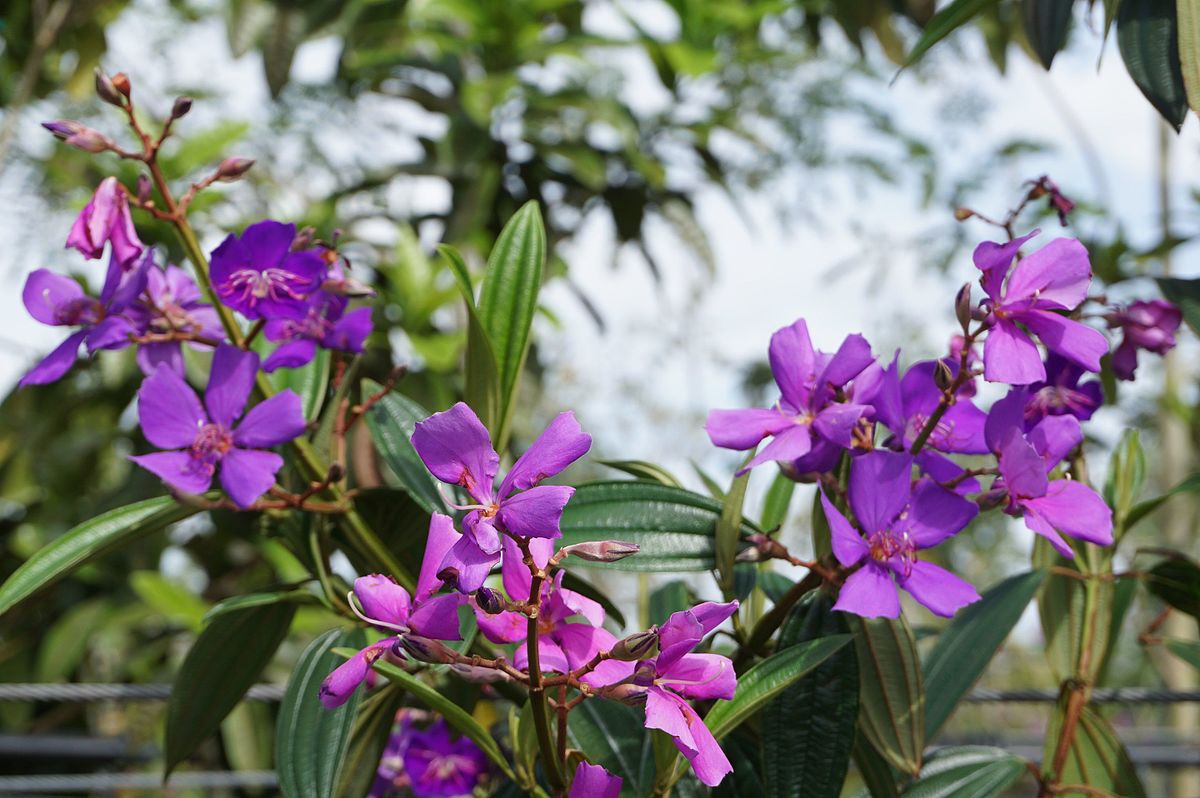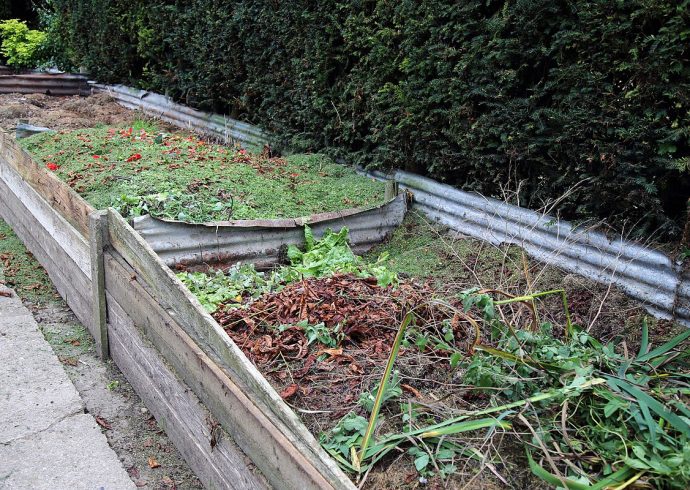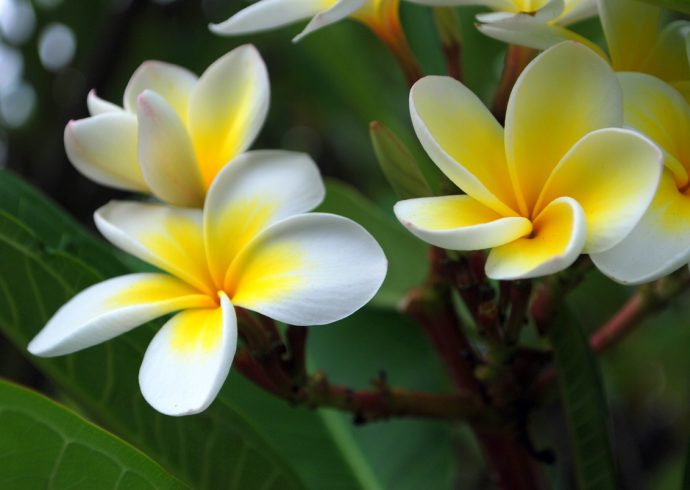
Growing the Purple Glory Tree
Frequently seen growing in yards throughout the southern part of the state of Georgia, most of Florida, Louisiana, and the southern half of Texas, the Purple Glory Tree is a favorite among persons who love purple flowers on ornamental trees. A native of Brazil with the scientific name of Tibouchina granulosa, the Purple Glory Tree is also known as the Princess Flower Tree, Brazilian Glory Bush and Velvet-Leaf Tibouchina, grown outside in planting zones 9 and 11. As a sub-tropical and tropical tree, the Purple Glory Tree blossoms during the year at regular intervals, with showy flowers measuring two inches wide. The green leaves of this tree resemble dark green felt or velvet in appearance. The Purple Glory Tree grows between 15 to 20 feet tall on average and thrives best in partial shade and is also the perfect addition to a butterfly garden, as it will attract pollinators like bees, butterflies and hummingbirds. In planting zones 4 to 9 the Purple Glory Tree can be grown in a large pot indoors.
Prior to planting the Purple Glory Tree, select the area where it will be planted. Make sure the soil is moist and well drained, adding some sand and compost if needed to help with drainage. Test the soil for its pH, which should be 5.5 to 6.5. Dig a hole twice the size of the root ball of the Purple Glory Tree and plant it, covering the roots well. Water the base of the tree thoroughly. If planting the Purple Glory Tree during the early spring, fertilizer can be added prior to watering. Use a 15-9-12 control-release fertilizer during the springtime. The fertilizer should be sprinkled evenly across the surface of the soil, extending it to the perimeter of the lowest branches. Fertilizer can also be applied during other times during the summer and fall but at smaller doses, according to the instructions provided on the package of fertilizer.
Regular maintenance for the Purple Glory Tree can be done through weekly watering, soaking the ground well. Ensure that the soil does not remain soggy. A layer of mulch can also be applied in a circle around the base of the tree. Prior to the mild winter months down south, prune the Purple Glory Tree by removing dead or diseased branches. Propagation can be done by cutting branches of the tree. Pruning can also be done throughout the year to keep the tree formed into a specific shape and prevent lower branches from touching the ground.
The Purple Glory Tree has few pests to contend with, primarily scales, root rot, spider mites, and whiteflies. A good insecticide soap will eliminate most pests, and root rot can be prevented by making sure the soil is well-drained before planting the tree.
Image Credit: Treeworld Wholesale, CC BY 2.0, via Wikimedia Commons.


